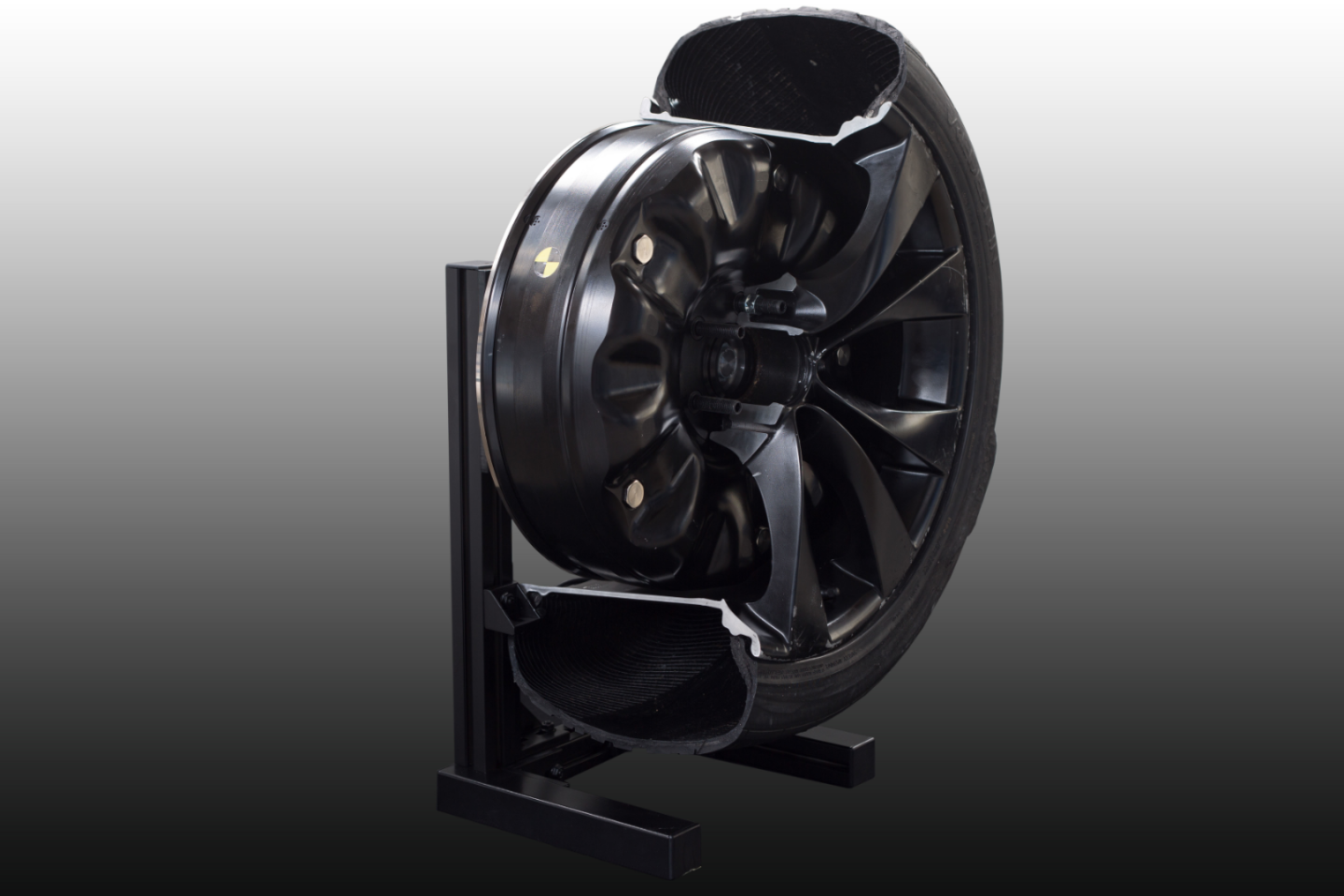At the Electric and Hybrid Vehicle Technology expo in Hannover yesterday, Elaphe presented the latest generation of its monster in-wheel electric hub motors, which can now smash out as much as 1,500 Nm (1,106 lb-ft) of torque and more than 110 kW (147 hp) per wheel.
Hub motors have their positives and negatives – on the one hand, they place the torque right where the rubber meets the road, eliminating drivetrain efficiency losses and giving precise, instant control of the power that's going to each wheel. They also remove centrally-mounted motors, letting you use more space in the cabin on certain types of vehicles. On the other hand, they're significantly heavier than standard rims, which gives the car's suspension system a fair bit of extra unsprung weight and rotating mass to deal with.

The performance has become higher and the penalties lower on Elaphe's latest gearless hub design, which fits inside rims 19-inch or larger and can be used for FWD, RWD or AWD layouts, as well as vehicles that use even more wheels. There are no specs on weight yet, but the company's own, smaller M700 motors offer about half the torque and weigh 23 kg (50.1 lb) per wheel.
Already tested on passenger cars, off-road vehicles and even a track car, the L1500 motors combined to achieve a 0-100 km/h (0-62 mph) acceleration time of 3.5 seconds, which the company claims is the quickest acceleration ever achieved by in-wheel motors. It's unclear whether that vehicle was using two or four of the motors to get its time.
The massive torque motors will go into limited run production in the final quarter of 2019.
Source: Elaphe









